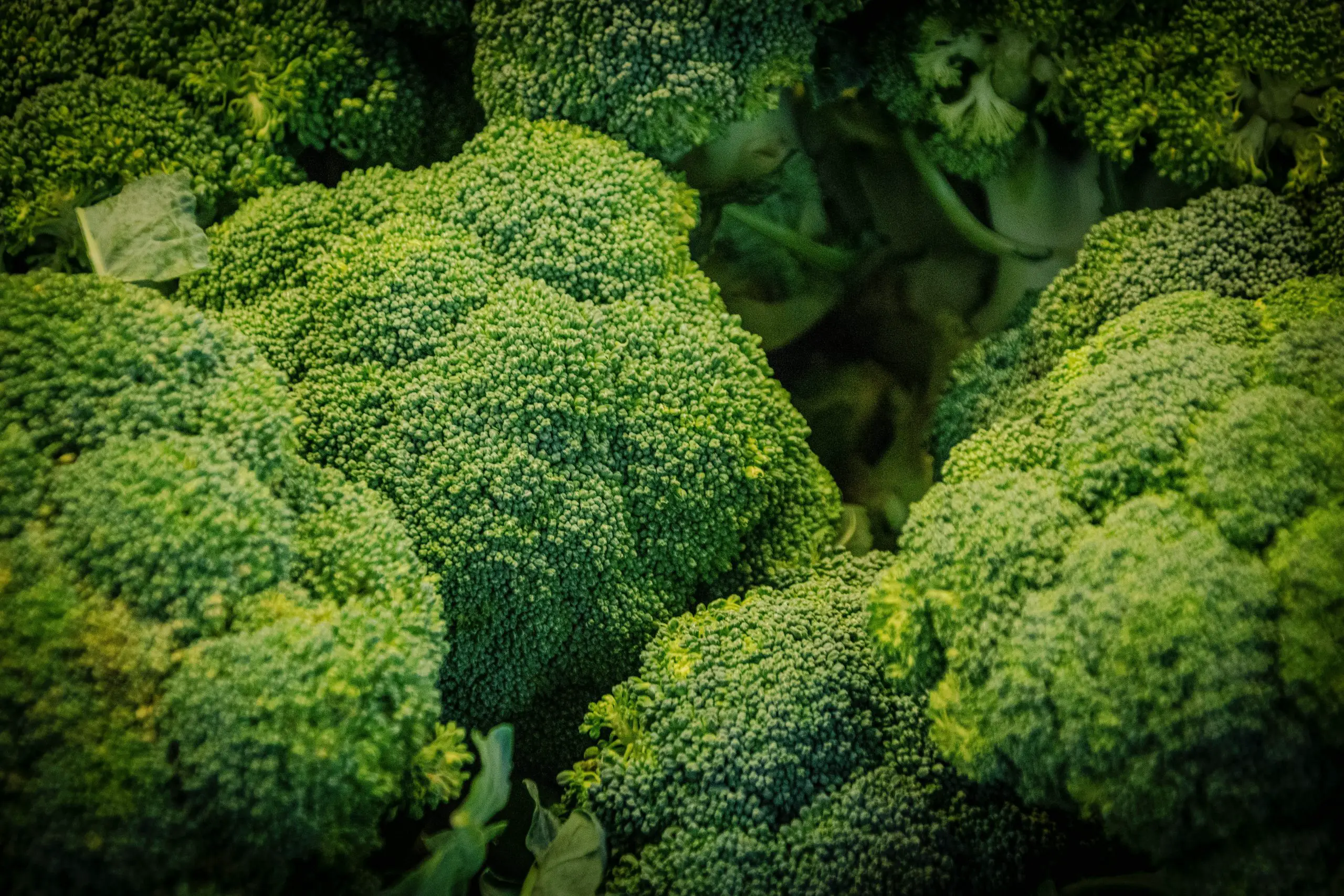Last Updated on April 16, 2024 by Real Men Sow
Who knew that a miniature tree-looking vegetable could be so tasty and healthy? Calabrese broccoli is small, bluish-green veg that provides a mild taste and it is a great source of vitamins.
It is also a lot easier to grow than normal broccoli! If you want to learn the secret of growing this nutritious vegetable, scroll down and master the steps of growing Calabrese broccoli in your own garden.
Where to Grow Calabrese Broccoli
An open and unshaded site that is free draining and moisture-retentive soil is what calabrese broccoli requires. You can add farmyard manure since they have high nitrogen requirements. 
When to Sow Broccoli The Right Way
Sow your calabrese broccoli in late March, late May, and early June in modular seedling trays because they don’t like root disturbance. Fill in the seed tray with compost with your hands to break any lumps, then proceed to brush the excess off to leave a clean tray. Bang your tray to the table lightly to let it settle.
Create small 1.5cm deep depressions in each cell. Sow 1 or 2 seeds per cell and there will be a chance of having 2 seedlings in one cell. Cover the seeds with another layer of compost, scape across the top of the tray to remove the excess. Water your seeds gently using a plastic bottle with small holes in its cap. Place the trays in your greenhouse, polytunnel, cold frame, or windowsill to let them germinate. Remember that they’ll be ready to be planted out in about 4 weeks.
Calabrese Broccoli Seedlings
Calabrese broccoli seedlings tend to become leggy when sown indoors, which means they become long and spindly. This occurs when your seedlings don’t receive enough light in accordance with the heat that they’re given. Make sure to give your seedlings a balanced amount of light and heat.
Pinch out or cut using small scissors the weaker seedling if two seeds are able to germinate in a cell. Avoid pulling them out, or you might risk damaging the other seedling.
Keep your compost moist, but don’t soak them. Letting your seedlings dry should be avoided, the compost tends to form a crust on the surface that would stop the compost from letting moisture go through. On a hot day, water twice and on a dull day, water every 2 days.
Planting Calabrese Broccoli
You’ll have to go through hardening off because it helps your plants get used to outside conditions. You’ll have to leave your plants outdoors on mild days and gradually lengthen their time out until you can finally leave them out all night. You can also make use of a cloche or a cold frame.
Leave the plants outdoors on mild days, progressing to every day and finally all night. A cloche cover or Cold Frame is perfect for this practice as the lid of the frame can be opened when warm and closed down in harsh weather and at night. If you have started your seeds on a windowsill you will need to leave them in an unheated room for a day or two before moving outside to the cloche.
Plant them 45cm apart in rows and 60cm apart by plants. This would give them more room to grow, and that means bigger heads to harvest. Make a hole in the soil that’s the size of the seedling plug. Push the soil around the hole but don’t firm down the top.
Planting Broccoli Seeds
You can plant your seedlings that have turned leggy up to the base of their first set of true leaves, which are the second set of leaves produced after the initial rounded seed leaves. Water them after planting, but don’t soak them. Make sure it’s a dull day or it’s the night when you transplant the seedlings. Transplanting them out in the hot weather might make them wilt. Add a sprinkle of seaweed or poultry manure around the planting hole to help your Calabrese have a good start.
Harvesting Calabrese Broccoli
Most varieties of Calabrese give you two crops for each plant. Once the central dome is harvested, it would produce smaller side shoots. Make sure to check at least twice a week when it’s near harvest time because if their tight green buds open into yellow flowers, it becomes useless.

